Key Points and Summary – The YF-118G “Bird of Prey” was a top-secret Boeing Phantom Works technology demonstrator from the 1990s, named after the famous Star Trek warship.
-While its bizarre, “gapless” design tested advanced stealth shaping, its true legacy was pioneering revolutionary and affordable manufacturing techniques.
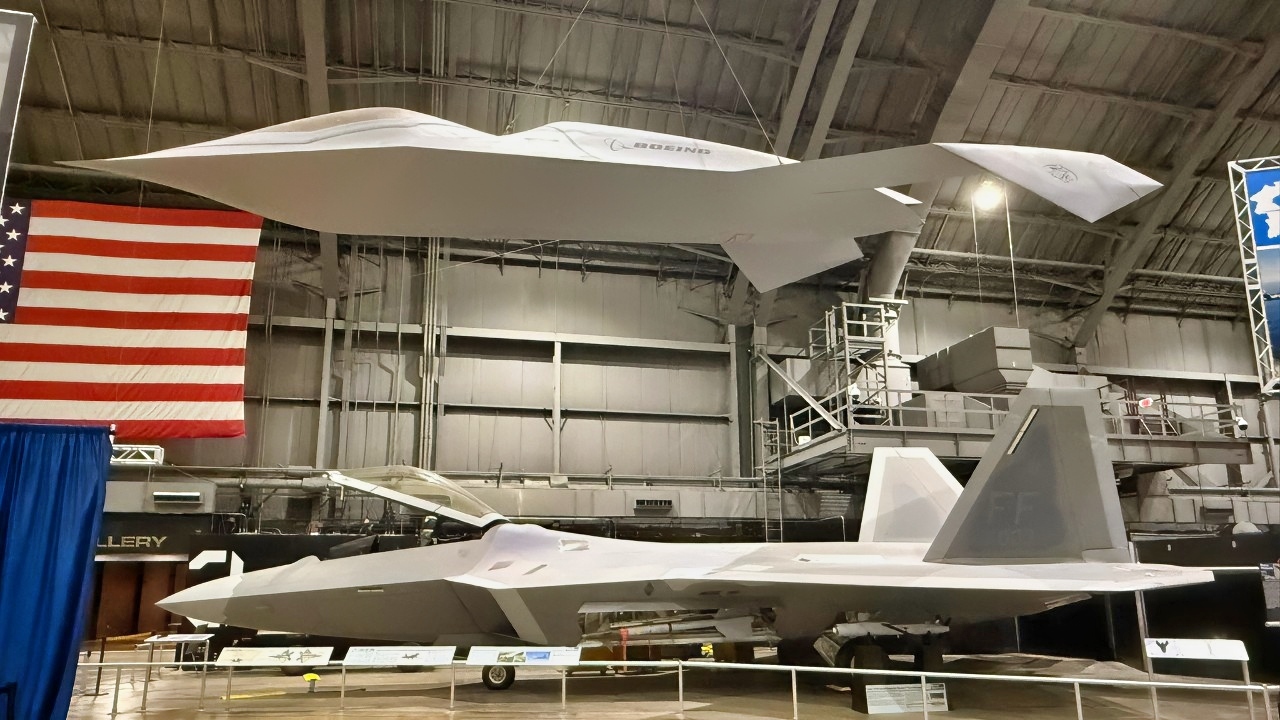
YF-118G above and F-22 Raptor Below. Image from National Security Journal.
-The program proved that “virtual reality” (digital) design, large single-piece composite structures, and “disposable tooling” could drastically cut the cost of stealth aircraft.
-After 38 test flights, the project’s lessons were deemed so successful they became standard practice, influencing Boeing’s X-32 and X-45A programs.
YF-118G Bird of Prey Explained
The YF-118G Bird of Prey is a head-turning aircraft.
With oddly-shaped wings, a dorsal engine air intake, and a sharply pointed beak, the experimental aircraft — of which only one was built — was a technology demonstrator used to evaluate low-observable aircraft geometry and the industrial construction techniques needed to build them.
Named after the Bird of Prey of Star Trek fame, the aircraft was not intended to enter production, but the aircraft, designed and built by Boeing’s secretive Phantom Works division, did have an outsized impact on later aircraft that incorporated some of the stealth technology it pioneered.
Origins
Although several aerospace firms had made significant progress in the stealth aircraft domain before the YF-118G Bird of Prey was conceived, the odd-looking aircraft’s purpose was to expand the knowledge of stealthy aviation further.
Though the collapse of the Soviet Union and the end of Cold War hostilities had significantly altered the balance of world power in favor of the United States, increasingly sophisticated air defenses developed during the Soviet era, and the proliferation of those technologies encroached on the effectiveness of the United States’ aircraft.
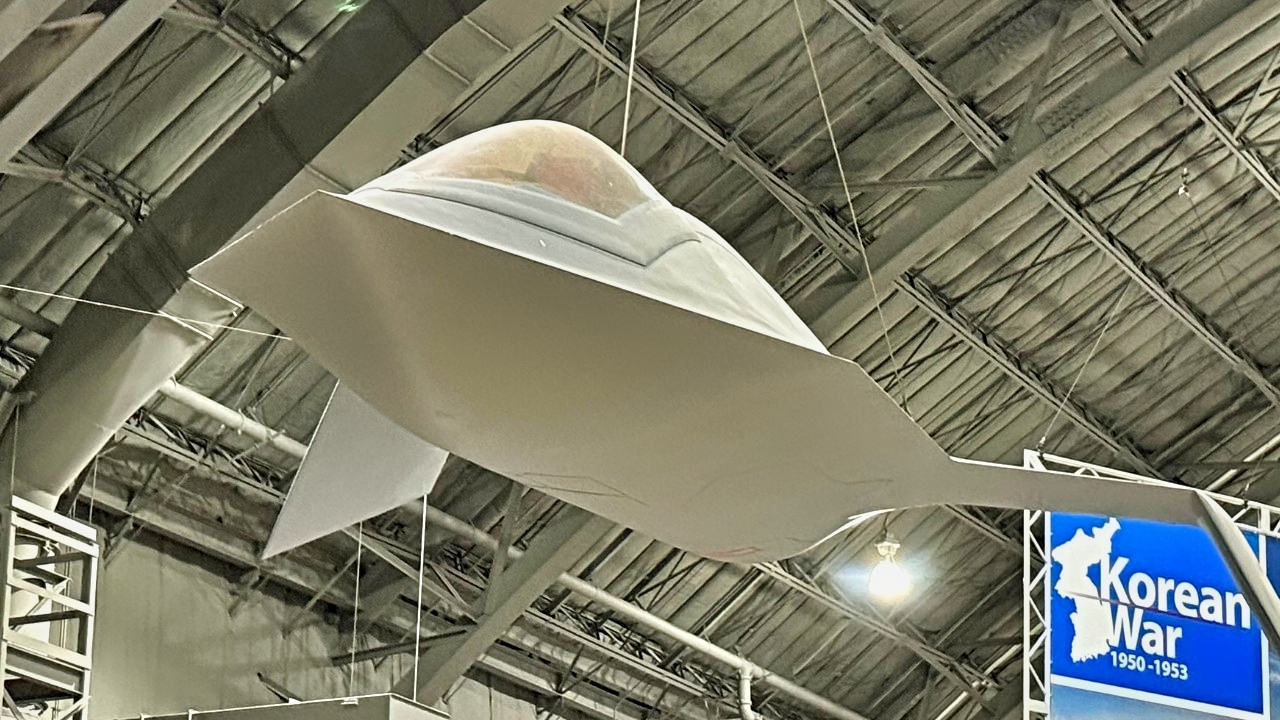
YF-118G Bird of Prey Hanging Above F-22. Image Credit: National Security Journal.
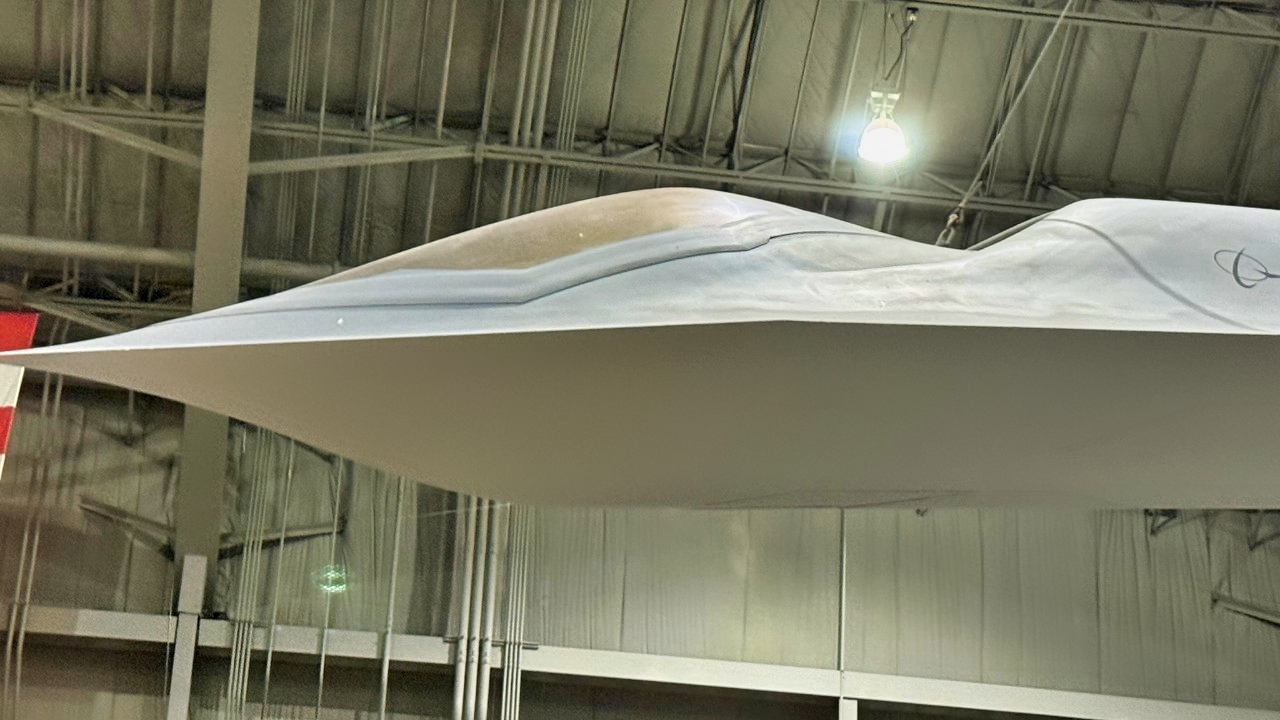
YF-118G USAF Museum. Image Credit: National Security Journal.
Cognizant of the threat posed to American and closely allied aircraft, the question the Bird of Prey sought to answer was, how could the United States maintain its qualitative technological edge in the face of increasingly robust air defenses?
Though the specter of large-scale warfare against a new Russia and NATO in Europe had diminished significantly, complacency would have been a squandering of a critical qualitative edge. The answer to that question is advanced stealthy aircraft.
Now You See Me, Now You Don’t
The odd-looking YF-118 Bird of Prey’s design primarily focused on making the aircraft difficult for adversary radar to pick up — a measure of the jet’s stealth capabilities.
The aircraft’s prominent chines, akin to those seen on the iconic SR-71 Blackbird, provided lift for the aircraft, and its stub wings contributed to the YF-118G Bird of Prey’s stealthy nature. But it was the techniques used in the aircraft’s manufacturing that contributed most to future aircraft.
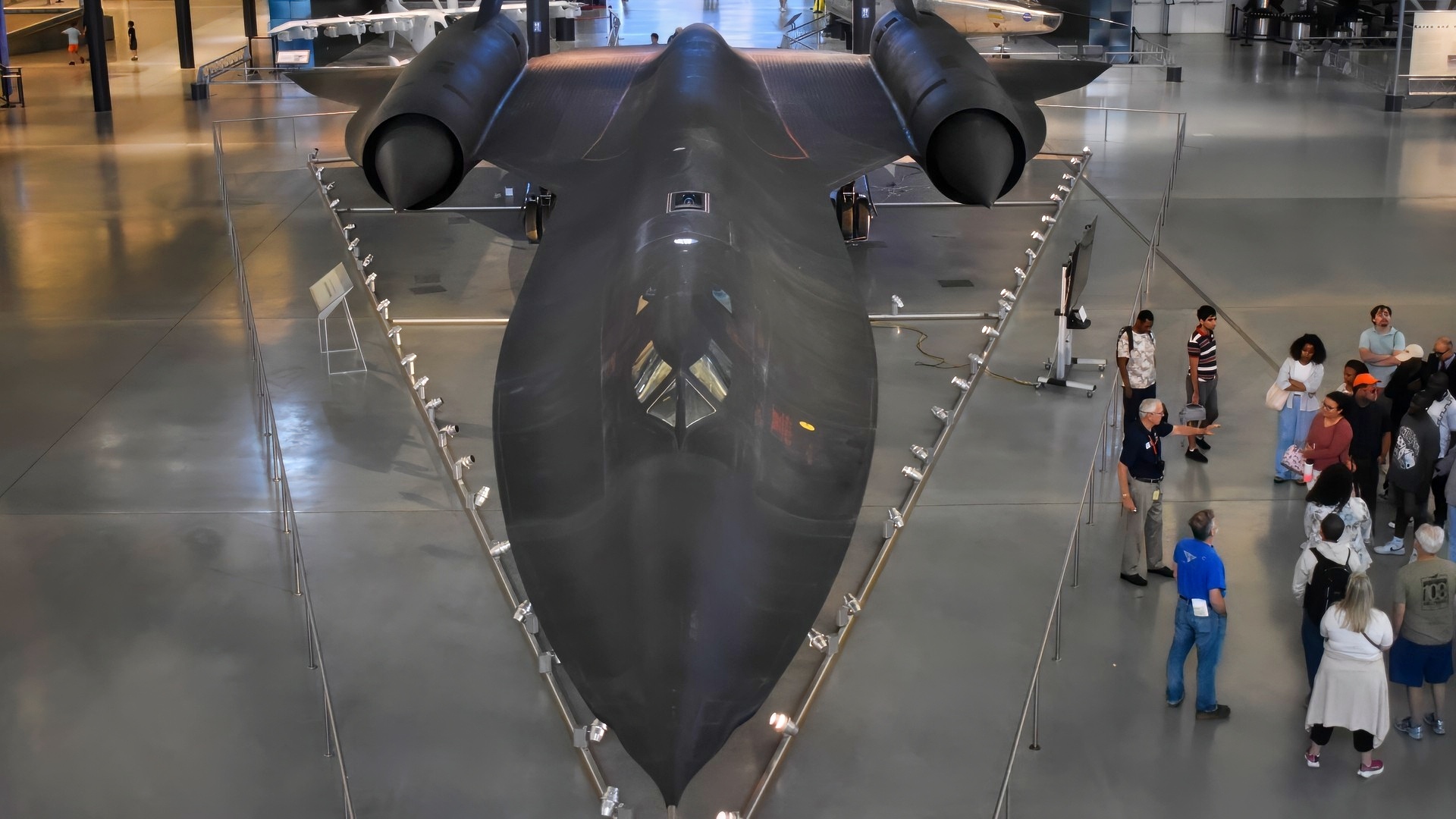
SR-71 Photo Taken September 26, 2025. Image Credit: National Security Journal.
“In its 38 flights, the Bird of Prey tested ways to make aircraft less observable to the eye and to radar,” the U.S. Air Force explains. “It also validated new ways to design and build aircraft using large single-piece composite structures, “virtual reality,” computerized design and assembly, and disposable tooling.
The Bird of Prey was revealed in 2002 because its design techniques had become standard practice — Boeing used them in its X-32 Joint Strike Fighter demonstrators and later in its X-45A Unmanned Combat Air Vehicle prototype.”
“The aircraft demonstrates advanced stealth concepts, notably its “gapless” control surfaces that blend smoothly into the wings to reduce radar visibility, and an engine intake completely shielded from the front.”
Given the YF-118G Bird of Prey’s experimental nature as a demonstrator aircraft, it incorporated some preexisting, off-the-shelf components, including the landing gear from a Beech King Air and Queen Air aircraft, as well as its turbofan engine.
Notably, the aircraft’s control system was manual, rather than the more common fly-by-wire control system typically seen on aircraft today.
Boeing footage of the Bird of Prey shows the novel aircraft in flight and offers further insight into it.

YF-118G Bird of Prey and F-22 Raptor. Image Taken at U.S. Ai Force Museum on 7/20/2025.
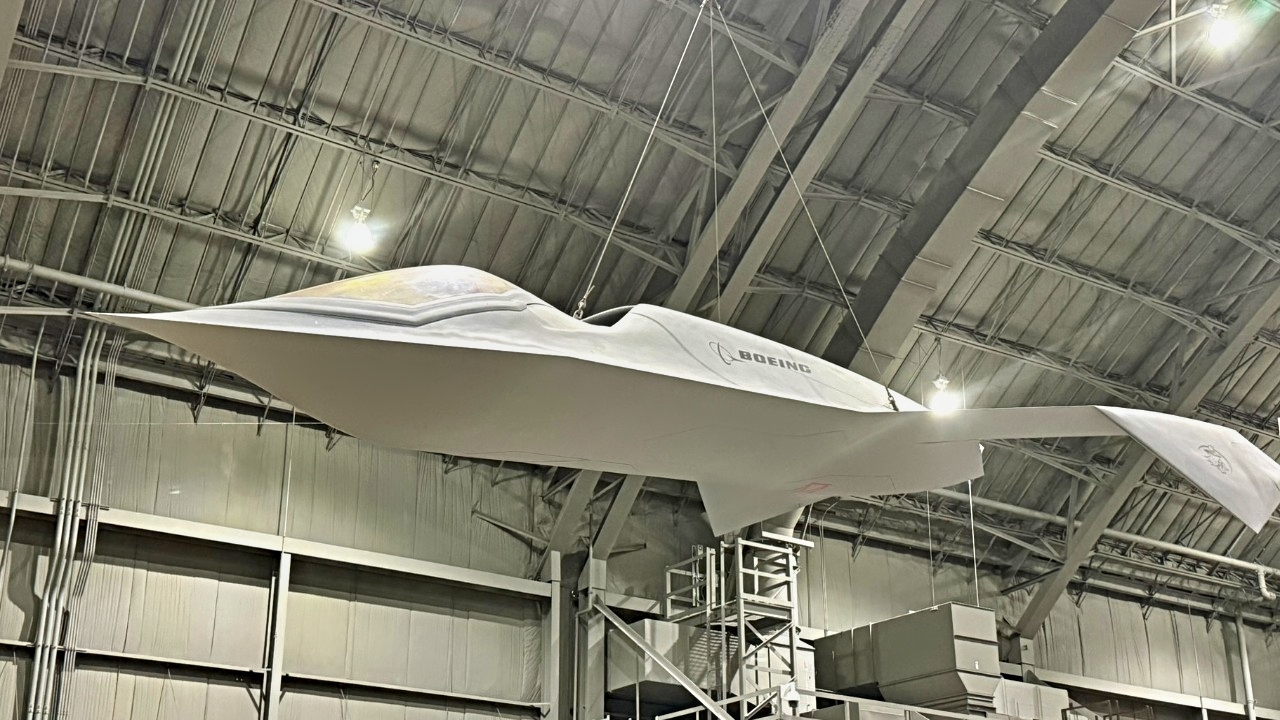
YF-118G Bird of Prey. Image Credit: National Security Journal.
The aerospace firm explains that the YF-118G Bird of Prey was the first of its planes to incorporate single-piece composites in its build, as well as extensive digital modeling for design and what the firm called “low-cost, disposable tooling.”
Show Me the Money on the YF-118G
With the Bird of Prey, Boeing sought to field an aircraft with robust stealth capabilities inexpensively, and in that the company largely succeeded, thanks in part to the aircraft’s incorporation of previously mentioned off-the-shelf components. And by this metric, the jet was both successful and influential.
“Early investments in technology demonstration projects such as Bird of Prey have positioned Boeing to help shape our industry’s transformation,” then-Boeing president and CEO Jim Albaugh said in 2002 during the jet’s public unveiling.
“With this aircraft, we changed the rules on how to design and build an aircraft, and what we’ve learned is enabling us to provide our customers with affordable, high-performing products,” he noted. “Projects such as Bird of Prey have provided the catalyst for integrating speed, agility and reduced cost into the processes we employ to introduce new commercial and military systems to market.”
We Have Seen the Bird of Prey Up Close
The YF-118G Bird of Prey program was, compared to the long development and service lives of similar aircraft, relatively short: the program lasted just seven years, from 1992 to 1999, with the aircraft’s first flight in 1996.

The Boeing YF-118G “Bird of Prey” was a low-cost, 1990s experimental aircraft built at Area 51 that successfully tested advanced stealth concepts and manufacturing techniques later used in other programs. Image Credit: Boeing.
Today, the single prototype is on display at the National Museum of the United States Air Force in Dayton, Ohio.
And, in fact, that is where most of the pictures from this essay came from, as we visited the YF-118G back in July of this year.
About the Author: Caleb Larson
Caleb Larson is an American multiformat journalist based in Berlin, Germany. His work covers the intersection of conflict and society, focusing on American foreign policy and European security. He has reported from Germany, Russia, and the United States. Most recently, he covered the war in Ukraine, reporting extensively on the war’s shifting battle lines from Donbas and writing on the war’s civilian and humanitarian toll. Previously, he worked as a Defense Reporter for POLITICO Europe. You can follow his latest work on X.
More Military
How an F-16 Fighter Barely Dodged 6 Surface-to-Air Missiles
The Mach 2.15 F-111 Aardvark Has a Message for the U.S. Air Force
The U.S. Army’s Bradley Fighting Vehicle Has a Message for Any Military On Earth
The U.S. Navy’s Great Missile Shortage
The F-14 Tomcat U.S. Navy Fighter Has A Message for Any Military On Earth










